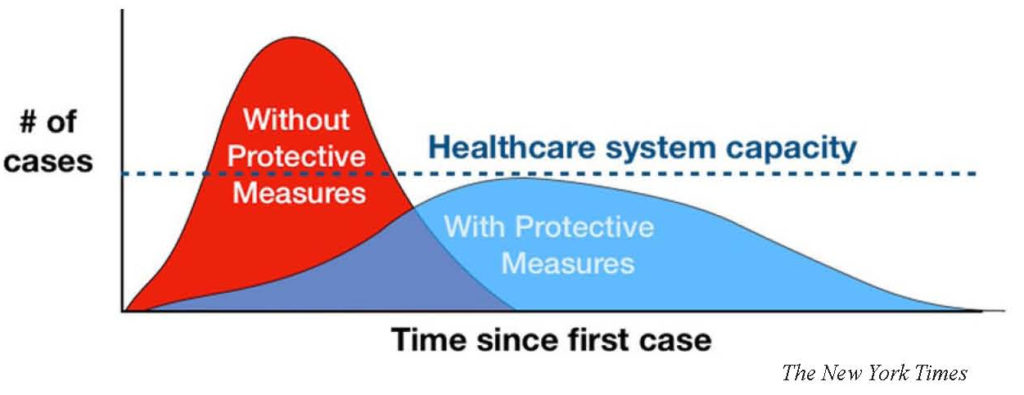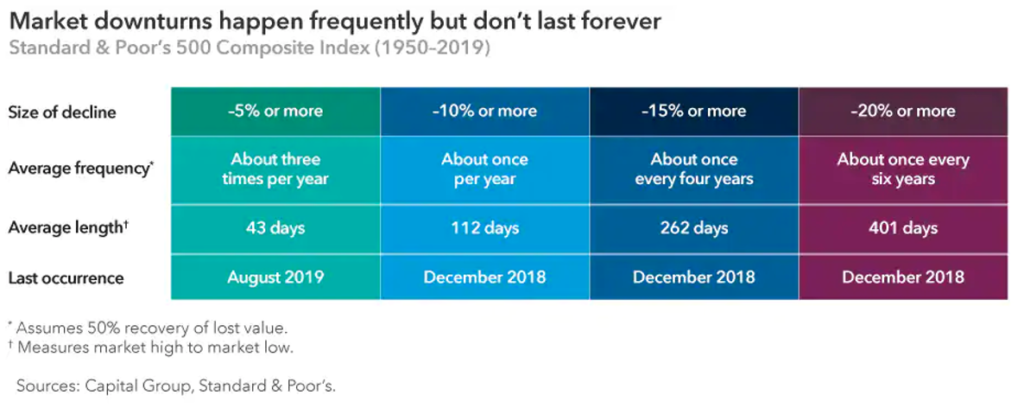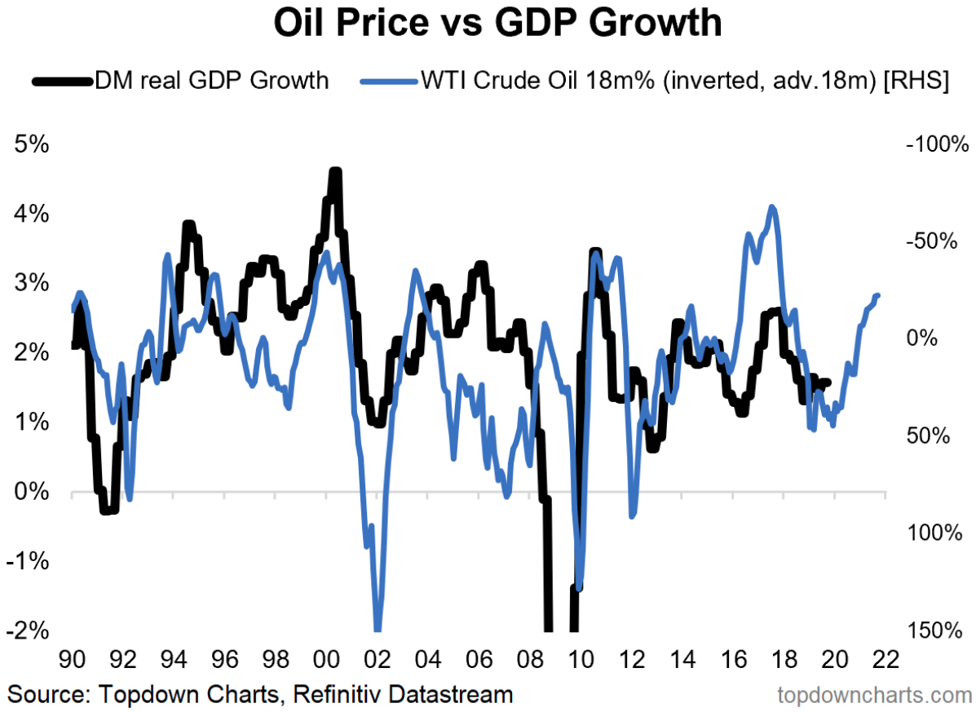Coronavirus was difficult to recognize and impossible to track when first contracted around November 17, 2019. It was misunderstood in China. Dismissed in America. Many said, “it’s just the flu.” But Covid-19 is no ordinary flu. Those infected are contagious days before symptoms show. Some may never have symptoms as they spread the disease. It is a novel strand of the Cornovirus, and that means it’s new, and there is no immunity to it. Most of us are likely to catch it sometime in the next 12 months.
The healthcare system is ill-prepared for an outbreak. We have the expertise, equipment, and medicine. We do not have the capacity. This is where flattening the curve comes in. The goal of the government is to slow the spread of the virus to buy time to help those infected and those researching prevention and treatments.

In 2020, the stock market lost 20% in roughly 20 days. Historically, it has taken 400 days from the market top for it to fall by 20%. The 12-year-old bull market is over.
Over the last few years, we have had a smooth run interrupted by violent drops. The S&P 500 dropped roughly 19% in 2016 and twice in 2018. This week, it finally reached 20% and then kept going.

There is so much we don’t know, so we will focus on what we do know. American consumers will continue to spend. We are resilient. However, there is a shift in where we spend. This has led to a lack of global demand for oil. OPEC producers prefer stable prices and would like to cut oil supplies to push prices higher. Russia refused to cooperate, which has driven prices sharply lower. The United States is now a major world producer, so we find our country caught in the middle of this unexpected consequence of the current pandemic.
Falling energy prices are both bad and good. The immediate impact is bad. Energy suppliers feel the financial pinch. Some may default on debt payments, which could domino through the economy. Eventually, these lower prices reach consumers. I have never heard a friend complain about low prices at the gas pump. This leads to more flexible spending and more growth. It takes about 18 months for the low price of oil to show up in higher economic growth. Of course, the financial markets anticipate.

Don’t fight the Fed. The Federal Reserve lowered its overnight interest rate to zero and announced it will inject $1.5 trillion into the financial system to keep the markets functioning properly. This is more money than the Fed has put into the markets in the last 5 years combined. The entire Federal Government budget is $3.8 trillion. So, while the Fed can’t fight the virus, it is doing what it can to prevent a breakdown as we experienced in 2008.
When will financial markets come back up? (1) Investors need to wrap their minds around all the sudden changes to everyday life, and (2) The growth of Coronavirus cases must slow. Problems don’t have to disappear. Investors just need less uncertainty.
When all the news turns negative, any sign of hope could be the turning point. That’s what makes predicting the future so difficult. And this is why we work so hard to manage risk and be invested to participate in long-term growth.
*Research by SFS. Data from the Federal Reserve Bank of St. Louis. Investing involves risk, including the potential loss of principal. The S&P 500 index is widely considered to represent the overall U.S. stock market. One cannot invest directly in an index. Diversification does not guarantee positive results. Past performance does not guarantee future results. The opinions and forecasts expressed are those of the author and may not actually come to pass. This information is subject to change at any time, based upon changing conditions. This is not a recommendation to purchase any type of investment.


